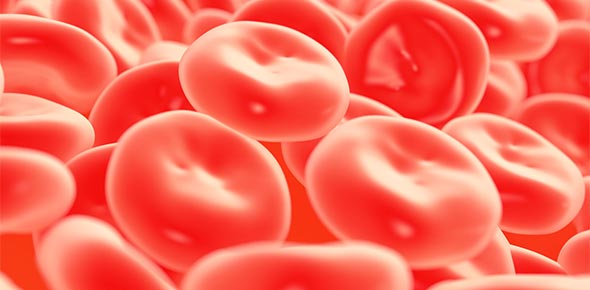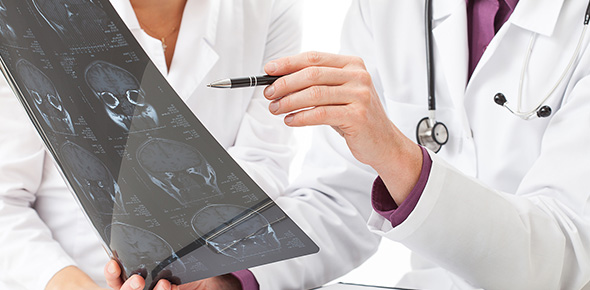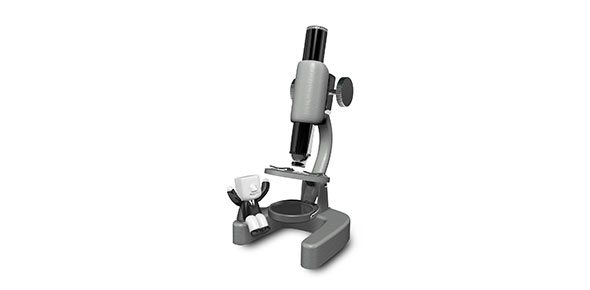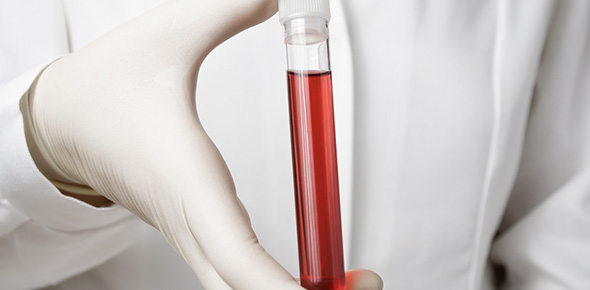Related Flashcards
Related Topics
Cards In This Set
| Front | Back |
|
What are the four cardinal features of chest pain?
|
Duration, location, quality and aggravating factors (Dont loose quality when aging) can also use SOCRATES (site, onset, character, radiating, aggravating, time of onset, exacerbating, severity)
|
|
What is the mechanism of the pain felt in angina or myocardial infarction? When would one have an MI and not feel it?
|
Complete or partial obstruction of a coronary artery can cause a build up of metabollites in ischaemic muscle which can stimulate the cardiac sympathetic nerves. Heart transplant patients would not feel angina or MI as the heart is dennervated, diabetic patients also are prone to silent infarcts.
|
|
List the major symptoms of cardiac disease
|
-chest pain/ heaviness in the chest
-dyspnoea: exertional, orthopnoea, paroxysmal nocturnal dyspnoea -ankle swelling -palpitations -syncope -intermittent claudication -fatigue |
|
What are the presenting complaints of a patient with
a) MI b) dissecting aorta |
A) pain is tight, centralised and may radiate to the left armor jaw and get worse with exertion
b) pain starts very suddenly and radiates to the back |
|
If a patient presents with chest pain what systems/ areas do you need to think of in your differential diagnoses?
(think of everything that makes up the thorax) |
The pain could be due to:
cardiac vascular (aortic dissection or aneurysm) pleuropericardial (pleurisy, pneumothorax) chest wall (muscular strains, herpes zoster) gastrointestinal (oesophageal reflux or spams) airway related (tracheitis, inhaled foreign body) mediastinal (mediastinitis, lymphoma) |
|
Angina is retrosternal chest pain as a result of ischaemia due to fixed coronary narrowing whereas acute coronary syndrome (myocardial infarction or unstable angina) is a result of sudden vessel blockage. How is the pain felt in each situation different?
|
Angina typically occurs on exertion or is emotionally provoked, it usually lasts less than half and hour and can be relieved with sublingual nitrates and rest. Pain felt in acute coronary syndrome however, usually starts at rest, is more severe and lasts longer.
|
|
What are the accompanying synptoms of myocardial infarction?
|
Dyspnoea, sweating, anxiety, nausea and faintness
|
|
How would you distinguish between pain felt because of a dissecting aortic aneurysm and pain felt due to a massive pulmonary embolism?
|
A dissecting aorta cause a very severe and sudden tearning pain which can radiate to the back, scapula or anterior chest depending where the dissection occurs. Pain due to massive pulmonary embolsim however causes sudden, severe retrosternal pain and is associated with collapse, dyspnoea and cyanosis
|
|
What is the key question to ask a patient in order to distinguish whether their pain is oesophageal in origin?
|
Is it associated with dyphagia?
also ask: is it relieved by nitrates? (both oesophageal and angina will be) does it get worse with drinking hot or cold fluids? |
|
Outline the terms: dyspnoea, orthopnoea and paroxysmal nocturnal dyspnoea
|
Dyspnoea: shortness of breath of sudden awareness of breathing.
orthopnoea: dyspnoea when lying down PND: severe dyspnoea that wakes a patient from sleep. the presence of orthopnoea or PND is more suggestive of cardiac failure than of lung disease. |
|
What are the characteristic patterns of the following beats:
atrial ectopic cardiac arrhythmias sinus tachycardia atrial fibrillation ventricular tachycardia |
Atrial ectopic beat: a missed beat followed by a heavy beat
cardiac arrythmias: instantaneous onset and offset sinus tachycardias: gradual onset and offset atrial fibrillation: rapid, irregular rhythym ventricular tachycardia: awareness of rapid rhythm followed by syncope |
|
Define syncope and name four types of syncope
|
Syncope is a transient loss of consciousness due to cerebral anoxia preceded by presyncope. syncope can be postural/orthostatic, vasovagal, micturitional or tussive (after coughing)
|
|
Aortic stenosis, hypertrophic cardiomyopathy and heartblock can all cause syncope. the latter can form part of a syndrome known as sick sinus syndrome; what is the name of the syncope the patient experiences and how does it present?
|
Stokes-adams attacks: sudden and recurrent syncope presenting with periods of tachycardia and bradycardia and patients must be asked about medications that could cause bradycardia (such as beta-blockers)
|
|
Brugada syndrome and the long QT syndrome are causes of syncope and sudden death which fall under which classification (i.e. what is malfunctioning in these syndromes?)
|
Inherent ion channelopathies
|
|
What are the give away signs that syncope is neurological in origin?
|
Recovery is slow, there are residual neurological signs (e.g. pupil or speach abnormality), bystanders report epileptic-like movements, dizziness is present when the patient is lying down and gets worse with movement of the head.
|








